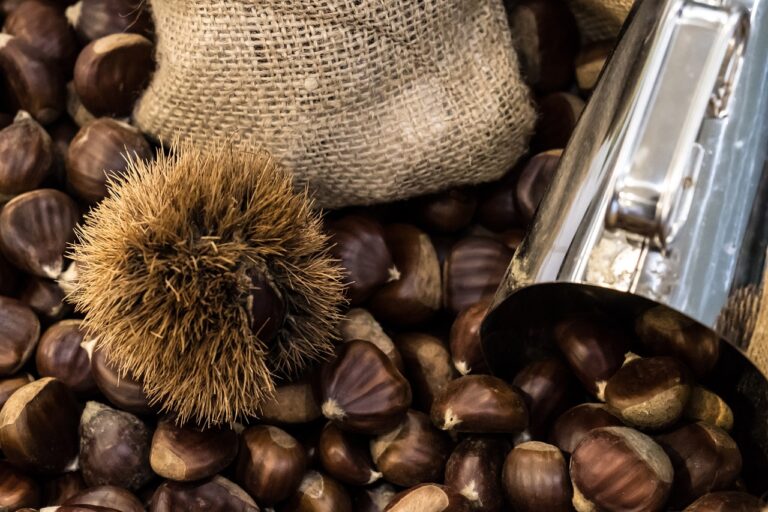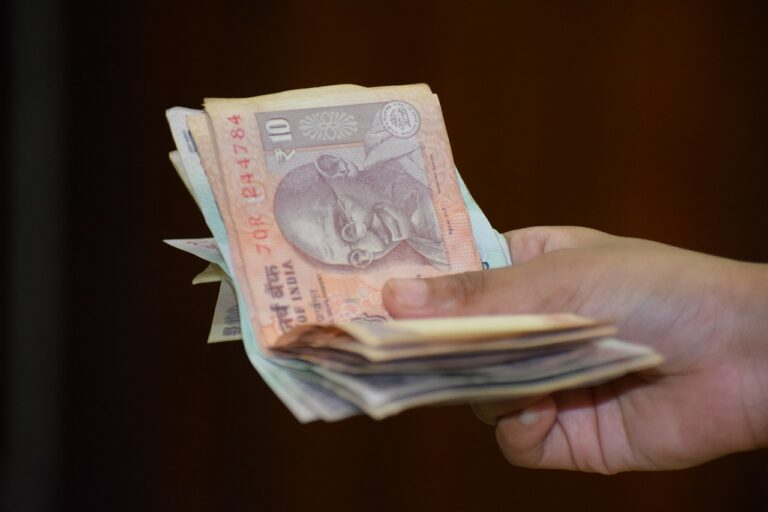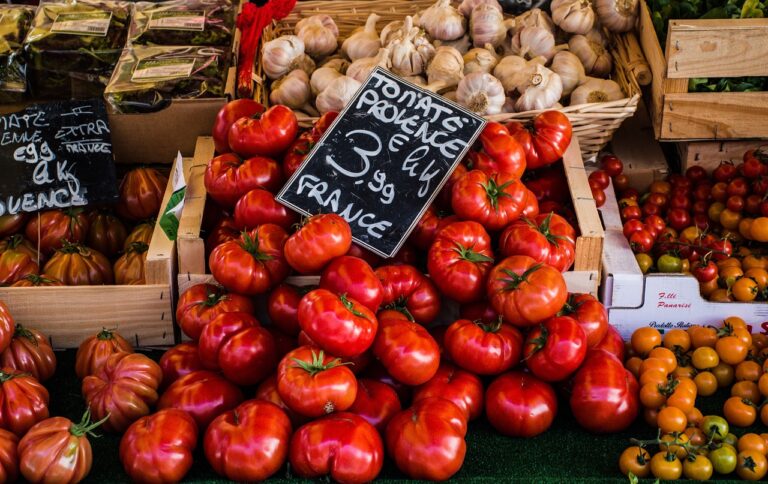The Future of Sustainable Packaging: Innovations in Biodegradable Materials
One of the most promising innovations in biodegradable packaging materials is the use of plant-based materials such as corn, sugarcane, and potato starch. These materials are renewable and break down naturally over time, reducing the environmental impact of traditional plastic packaging. Companies are increasingly turning to these bio-based alternatives to create sustainable packaging solutions that not only meet their needs but also align with consumer demand for eco-friendly options.
Another significant advancement in biodegradable packaging materials is the development of materials that mimic the properties of plastic but biodegrade quickly and harmlessly. These innovative materials are designed to retain the durability and functionality of traditional plastic packaging while also breaking down in soil, water, or composting facilities. By incorporating these materials into their packaging designs, companies can offer consumers the convenience they expect without compromising on sustainability.
Advantages of Biodegradable Packaging Solutions
Biodegradable packaging solutions offer a multitude of benefits for both businesses and the environment. One key advantage is the reduction of plastic waste, as these materials can easily break down into organic compounds, minimizing the negative impact on ecosystems. Additionally, biodegradable packaging can help companies enhance their corporate social responsibility efforts by showcasing a commitment to sustainability.
Another significant advantage of biodegradable packaging solutions is their versatility in various industries. Whether it is food packaging, cosmetics, or pharmaceuticals, these materials can be tailored to meet specific requirements while still maintaining their environmentally friendly properties. This adaptability not only aids in reducing carbon footprint but also presents opportunities for companies to differentiate themselves in a crowded market by appealing to eco-conscious consumers.
Biodegradable packaging reduces plastic waste and minimizes negative impact on ecosystems
Enhances corporate social responsibility efforts by showcasing commitment to sustainability
Versatile in various industries such as food, cosmetics, and pharmaceuticals
Tailored to meet specific requirements while maintaining environmentally friendly properties
Reduces carbon footprint and appeals to eco-conscious consumers
Challenges in Implementing Sustainable Packaging Practices
Implementing sustainable packaging practices poses several challenges for businesses across industries. One of the main hurdles is the higher production costs associated with using eco-friendly materials. While the demand for sustainable packaging is on the rise, the initial investment needed to switch from traditional packaging materials to biodegradable options can be substantial.
Another obstacle is the limited availability of biodegradable packaging materials in the market. Although more companies are developing eco-friendly alternatives, the variety and quantity of sustainable packaging options are still not as extensive as conventional materials. This can make it challenging for businesses to find suitable biodegradable solutions that meet their specific packaging needs and requirements, ultimately hindering the widespread adoption of sustainable packaging practices.
What are some examples of biodegradable packaging materials?
Some examples of biodegradable packaging materials include compostable plastics, biodegradable paper, and packaging made from plant-based materials like cornstarch or sugarcane.
What are the advantages of using biodegradable packaging solutions?
Biodegradable packaging solutions help reduce the environmental impact of packaging waste, as they break down naturally over time and can be recycled or composted. They also help reduce reliance on traditional plastic packaging, which contributes to pollution and landfill waste.
What are some challenges in implementing sustainable packaging practices?
Some challenges in implementing sustainable packaging practices include higher costs of biodegradable materials compared to traditional plastics, limited availability of biodegradable packaging options, and consumer awareness and acceptance of sustainable packaging alternatives. Additionally, there may be logistical challenges in sourcing and implementing new packaging solutions within existing supply chains.







